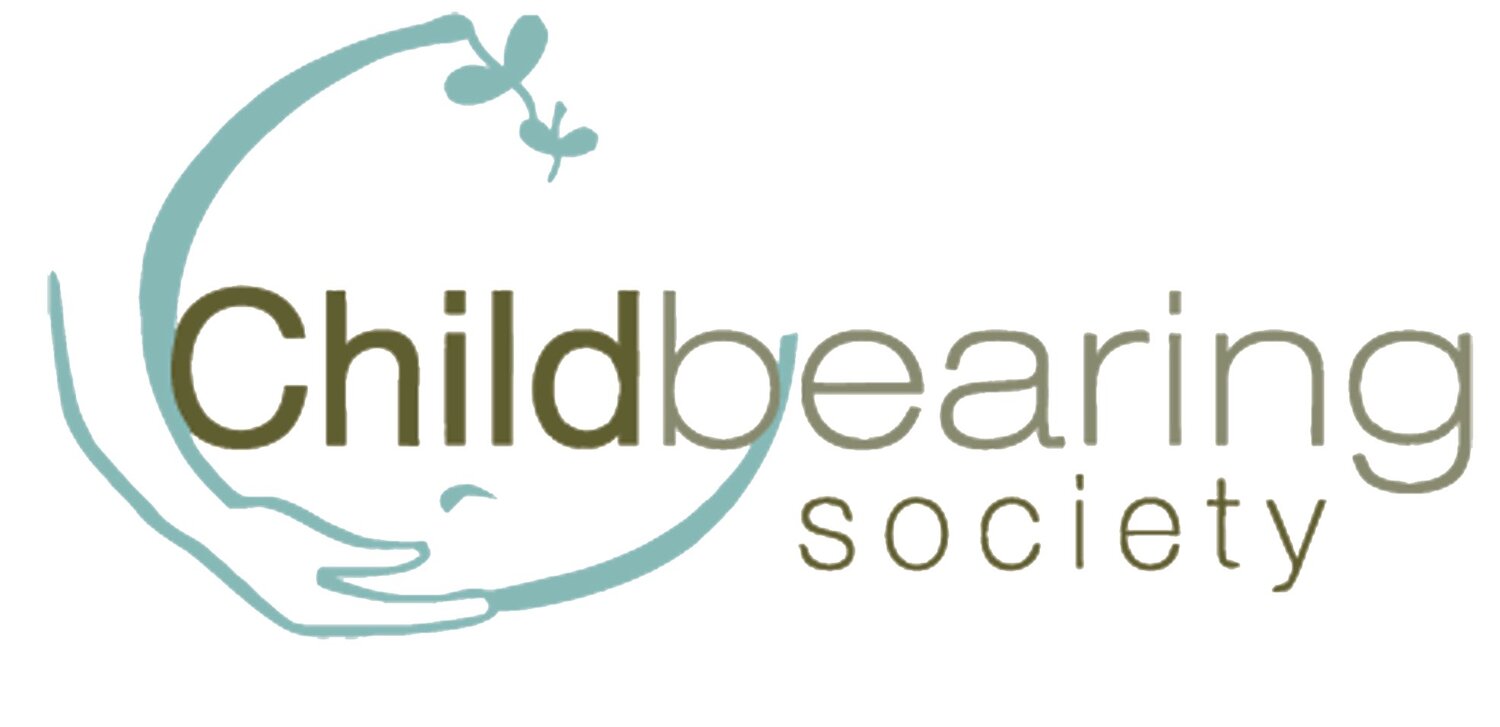The Power (And Pleasure) Of Loving Touch In Labour And Birth
“Humans are wired to be touched. From birth until the day we die, our need for physical contact remains. There are studies showing that touch signals safety and trust, it soothes. Basic warm touch calms cardiovascular stress. It activates the body’s vagus nerve, which is intimately involved with our compassionate response, and a simple touch can trigger release of oxytocin, aka “the love hormone.”
Sheila Kamara Hay, Pleasure Tools in Birth
Hands On Research: The Science of Touch
Video: Pleasure Tools for Birth
During labour and birth touch is a powerful tool to aid birthers in working with functional pain. Pain and pleasure run along the same neural pathways so it makes sense to utilize pleasurable input, such as touch, to block pain messages from reaching the central nervous system during labour and birth. There are numerous ways to touch during labour, some of which include light touch, soft strokes called effleurage, or firmer deliberate massage of various body parts, and touch that is more sexually intimate, arouses and triggers orgasmic feelings, such as juicy kissing, caresses, passionate sensual touch. These forms of pleasure can be used at any point during labour, to kick start it, to help sensations continue, or to increase frequency, and to aid in enhancing ‘feel good’ feelings, to be able to work with intense bodily sensations.
To consciously utilize pleasure increases the release of oxytocin, the love hormone which then supports efficient labour, creating calm, and reducing cortisol and adrenaline, both antagonists to oxytocin. Oxytocin is called the ‘calm and connect’, or ‘tend and befriend’ hormone. The more oxytocin released during labour the better! Our endogenous oxytocin floods our brain, infusing our pleasure and reward center, providing pain relief, helping us to do the work required in labour, and intensifies labour sensations so that it is efficient.
One of the main ways to support oxytocin release is with touch – loving, non-clinical touch is optimal. Touch may be in the form of an encouraging squeeze on the shoulder, to deep firm massage of hands or feet, to full body embraces, deep kissing and holding, with intimate sensual and sexual contact, arousal and orgasm. Sources of pleasure can be from oneself – opening to the intensity of sensation, riding the waves, focused on expansion and opening, to an external source being that of your intimate partner. They need to consider every detail with your highest pleasure in mind!
Pleasure creates more pleasure. It’s a positive feedback system whereby the more oxytocin that is created, the more oxytocin is released and the body’s capacity expands to create more. Oxytocin, released in pulses is similar to when we experience orgasm – the same hormonal pattern functions during birth, as during orgasm. Orgasm transmutes the intensity of labour surges, paving the way to feeling good rather than feeling pain. There are other similarities between birth and sex, including the optimal environment for both to occur – mood lighting, comfortable furnishings, trust, connection, feeling safe and being unobserved. Libby Bogdan-Lovis, a birth researcher states, “Birthing a baby requires the same relinquishing of control as does sex — abandoning oneself to the overwhelming sensation and doing so in a protective and supportive environment.”
In surrendering to sensations and giving up control, our birthing hormones take over and a sense of euphoria is experienced, a natural high that comes with the release of oxytocin and its companion, beta-endorphins. Endorphins create a dream-like trance state, dimming the thinking brain, so that our primitive self can instinctually labour and give birth. Endorphins are powerful pain killers aiding the birther in working with functional pain. This synergistic releasing of oxytocin and endorphins is greatly enhanced by touch and touch that is of a more sensual nature. In an environment of privacy and intimacy, couples can bring in various ways to elevate their birth experience, such as loving touch, tight embraces, words of endearment and sensual play. Hugs and close intimate contact with a partner can really help the birther to flow with sensations instead of resisting or avoiding them. We don’t normally think of pleasure being used during labour, yet it’s free, natural, readily available and promotes ‘feel good’ feelings. Plan to include pleasure in your labour! The potential exists for experiencing pleasure during birth and touch is one very powerful way to optimize that.
If you are curious about how to use and/or increase pleasure during labour and birth, and wish to learn more, please attend our Ecstatic Birth class. In this class you will learn much more about the benefits of pleasure, how to enhance oxytocin during labour, overcoming fears and blocks to feeling pleasure during birth, and much more.
The next Ecstatic Birth class is on Saturday January 16th
Debra Woods
Debra Woods is one of the Childbearing Society’s instructors, who specializes in teaching about Home Birth and Ecstatic Birth. She has been a birth and postpartum doula since the late 1980’s and also a certified childbirth educator since the 1990’s. Over the decades she has seen many changes in our culture regarding childbirth - primarily a more highly medicalized model being practiced, with the over use of technology being implemented, leading to high rates of interventions and increased caesarean births. As an educator she has continued to have a strong desire to share her knowledge about the current state of birth with expectant couples, in order to dispel some of the common myths and beliefs that impact their choices and decisions.
The Importance of Touch in Labour
